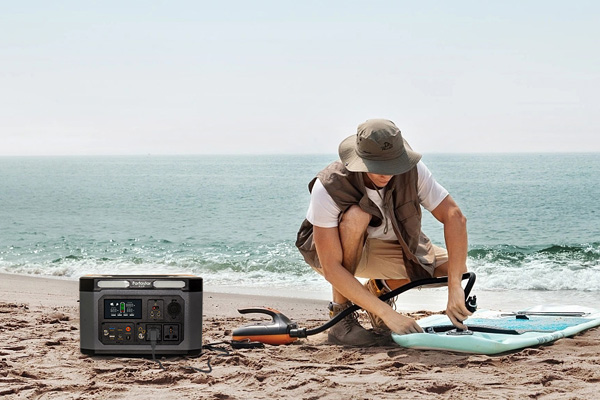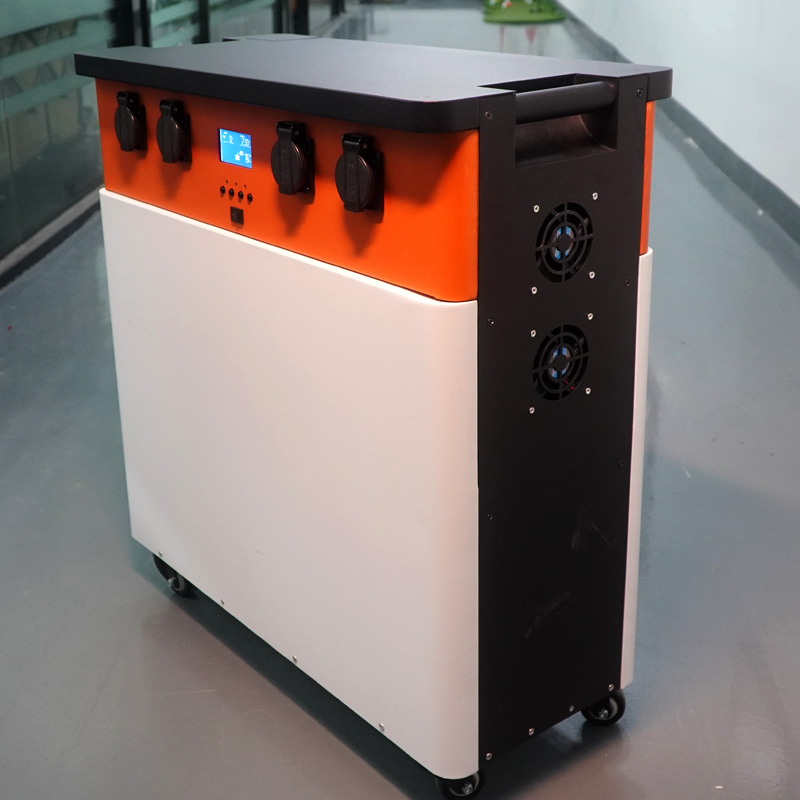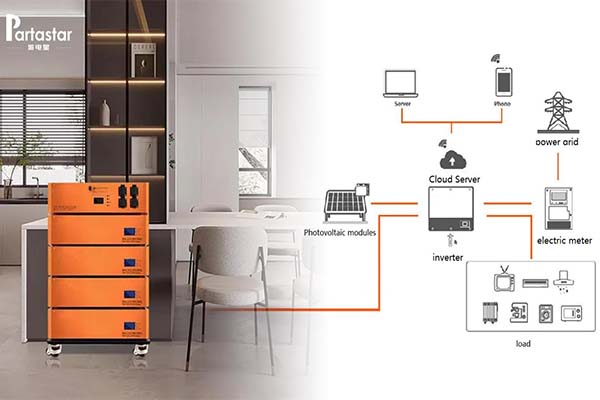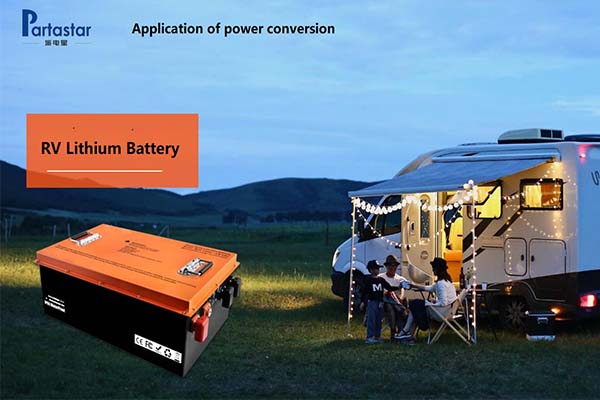Power stations are portable devices that can store and distribute electricity to power a variety of devices and appliances. These devices are becoming increasingly popular as people look for ways to stay connected during power outages or when on the go. In recent years, many power stations have been equipped with solar panels, which has made them even more versatile and eco-friendly. In this article, we will explore how power stations with solar panels work and how they can be used in various settings.
What is a Power Station with Solar Panels?
A power station with solar panels is a portable device that is capable of storing and distributing electricity using solar panels to convert sunlight into energy. These devices are essentially portable batteries that can be charged using solar power, which makes them a convenient and eco-friendly way to keep your devices charged. Many power stations with solar panels also come equipped with additional charging options, such as AC outlets, USB ports, and DC outlets.
How Do Power Stations with Solar Panels Work?
Power stations with solar panels work by converting sunlight into energy using solar panels. The solar panels are typically located on the top of the power station and are connected to a battery that stores the energy generated. The stored energy can then be used to power a variety of devices and appliances, including small refrigerators, laptops, lights, and other small electronics.
The solar panels on a power station with solar panels are typically made up of photovoltaic cells, which are designed to convert sunlight into direct current (DC) electricity. The DC electricity is then sent to an inverter, which converts it into alternating current (AC) electricity that can be used to power devices and appliances.

Benefits of Power Stations with Solar Panels
1. Portable and Versatile
One of the main benefits of power stations with solar panels is their portability and versatility. These devices are small and lightweight, which makes them easy to carry around in a backpack or car trunk. They are also ideal for outdoor activities like camping or hiking, where access to traditional power sources may be limited.
2. Eco-Friendly
Another benefit of power stations with solar panels is that they are environmentally friendly. They rely on solar power, which is a renewable and sustainable energy source. This means that using a solar-powered power station can help to reduce your carbon footprint and minimize your impact on the environment.
3. Cost-Effective
While the cost of a power station with solar panels may be higher than a traditional power station, it can be more cost-effective over time. This is because solar power stations do not require an external power source to charge, which means that you can save money on electricity bills. Additionally, many solar power stations come with a long lifespan, which means that you won't have to replace them as frequently as traditional power stations.
4. Reliable Backup Power Source
Power stations with solar panels are a reliable backup power source in emergencies or power outages. They can power critical devices like medical equipment, lights, and small appliances, ensuring that you have access to essential services during an emergency.
5. Easy to Use
Power stations with solar panels are easy to use and require no special skills or knowledge. They can be charged using solar power or traditional power sources like AC outlets. They can also be used to power a variety of devices and appliances, making them a versatile tool for everyday use or outdoor activities.
How to Use a Power Station with Solar Panels
Using a power station with solar panels is relatively straightforward. Here are the steps to follow:
1. Charge the Power Station: The solar panels on the power station should be exposed to sunlight to charge the battery. The time it takes to charge the power station depends on the amount of sunlight available and the capacity of the battery.
2. Connect Devices: The power station should be connected to the devices or appliances that need power. This can be done through AC outlets, USB ports, or DC outlets.
3. Monitor Power Usage: The power station should be monitored to ensure that the devices or appliances connected do not exceed the power output of the power station. If the power output is exceeded, the power station may shut down, and the connected devices may not function correctly.
4. Recharge the Power Station: The power station should be recharged once the battery is depleted to ensure that it is ready for future use.
Conclusion
Power stations with solar panels are a versatile and eco-friendly way to store and distribute electricity. While they may be more expensive than traditional power stations, their portability, versatility, and cost-effectiveness make them a compelling option for many consumers.



